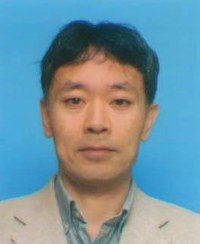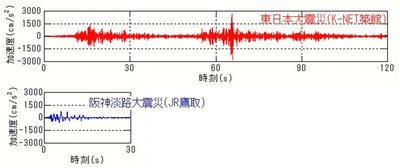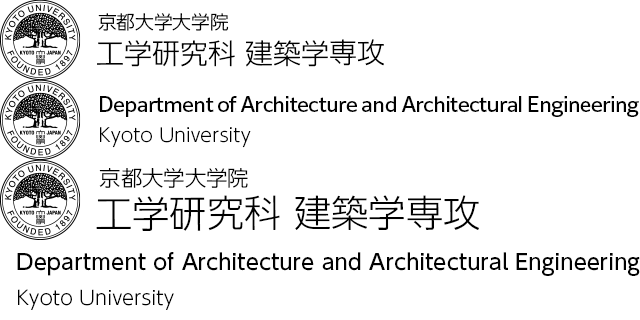Structural Safety Control
Recent large earthquakes, such as the 2011 Tohoku earthquake and the 1995 Kobe earthquake, has shown us the importance of research on seismic safety of buildings and earthquake disaster mitigation of urban space. The members of our lab devote themselves to pursue state of the art studies in wide variety of fields in order to improve seismic safety of buildings and build infrastructures invulnerable to natural disasters.
Academic Staff
Yuki SAKAI
Professor (Disaster Prevention Research Institute)
Research Topics
- Relationship between characteristics of earthquake motion and building damage
- Seismic performance of existing buildings
- Damage estimation immediately after an earthquake and from future earthquakes
Contacts
Room E334D, Bldg. East Main Bldg., Uji Campus
TEL +81-774-38-4045
sakai.yuki.4s![]() kyoto-u.ac.jp
kyoto-u.ac.jp
Tomoaki NISHINO
Associate Professor (Disaster Prevention Research Institute)
Research Topics
- Prediction of earthquake-induced fires and loss reduction
- Prediction of tsunami-induced fires and loss reduction
- Evaluation of evacuation safety in building fires
Contacts
Room E332D, Bldg. East Main Bldg., Uji Campus
TEL: +81-774-38-4047
FAX: +81-774-38-4055
E-mail: nishino.tomoaki.3c![]() kyoto-u.ac.jp
kyoto-u.ac.jp
Research Topics
Relationship between characteristics of earthquake motion and building damage
The building damage caused by earthquake motion is not a simple one that increases as the seismic intensity increases, but it is affected by various properties of seismic motion, especially period characteristics. We investigate what earthquake motion causes severe damage to buildings by analyzing damage data around seismic observation points we collected after an earthquake, earthquake response analyses and vibration experiments.

Seismic performance of existing buildings
Contents: Buildings are designed and constructed by humans, but the seismic performance of the constructed building is not understood. We are conducting research to understand the seismic performance of existing buildings by analyzing structural drawings and various data and conducting vibration experiments of full-scale wooden houses.

Damage estimation immediately after an earthquake and from future earthquakes
Contents: We can estimate where major damage has occurred immediately after an earthquake by combining the results of research on the relationship between the earthquake motion and building damage and the results of research on the seismic performance of existing buildings. However, in the case of future earthquakes, large-scale computer calculations must be performed to predict the seismic motion. By conducting such analyses, we are trying to find out what kind of epicenter and ground structure will cause a large damage to the building, that is, where in the future a large damage will occur.

Development of computational models for earthquake-induced urban fires considering firefighters’ activities
Multiple fires have broken out in urban areas simultaneously after major earthquakes and have developed to spreading fires by overwhelming firefighter’s activities. In windy conditions, wind-blown fire plumes have affected evacuation behavior in the downwind direction and have caused burn injuries of respiratory organs of evacuees. In addition, spot fires due to firebrands have made firefighter’s activities more difficult.
We are developing computational models for urban fire spread after earthquakes considering firefighters’ activities in order to estimate human damage and evaluate the effectiveness of firefighting plan.

Continuous simulation of building structural damage and urban fire spread following earthquake.
Development of computational models for tsunami-induced fires and evaluation of the impact on urban environment
A number of fires occurred in tsunami inundation areas after the 2011 Tohoku Earthquake and Tsunami, and some of the fires developed to large-scale spreading fires. In particular, tsunami refuge buildings were damaged by such tsunami-induced fires, and people who had evacuated to the buildings from the tsunami were exposed to the fires. This fact has impressed people with the risk from fires in evacuating from future tsunamis. Nevertheless, safety measures against the tsunami-induced fires have not been sufficiently considered because simulation methods for tsunami-induced fires have not been proposed differently from earthquake-induced fires that conventionally have been of serious concern in Japan.
We are developing computational models for tsunami-induced fires in order to evaluate the impact on urban environment and help reasonable planning of safety measures.

Simulation of tsunami-induced oil spill fires and prediction of fire damage of tsunami refuge buildings.
